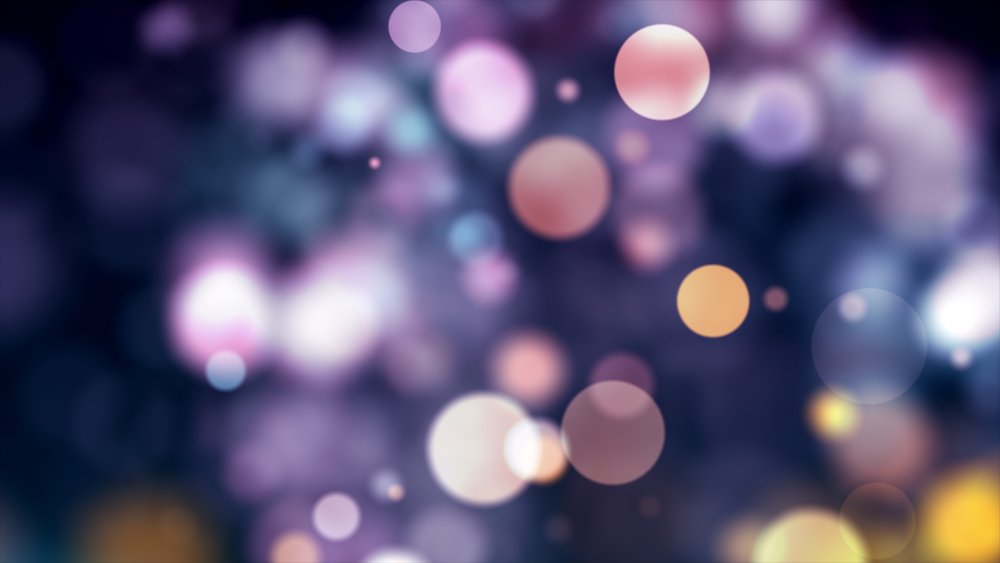Lightboxes are common light therapy tools used prominently throughout the late fall and winter months. While lightboxes are simple to utilize (making light therapy throughout this time of year accessible for many) they also have drastic effects on one’s mood by helping to combat feelings of depression brought on by seasonal affective disorder (SAD.)
However, like any other tools for one’s mental and emotional health, it is essential to know how to use these lightboxes to the best of one’s ability to reap the potential benefits of light therapy in daily life. This makes lightboxes a crucial tool for continued support throughout the winter season.
What Is Light Therapy?
Light has a powerful effect on one’s mood, with insufficient light causing feelings of depression, lethargy, or pervasive periods of low moods. Seasonal affective disorder can make this lack of light a prevalent problem for many throughout the winter months. The limited hours of natural daylight can be insufficient, compromising one’s routines and circadian rhythm.
Routine and consistency are significant components of a healthy lifestyle. Standard mealtimes, sleep schedules, and defined times for work and leisure add an air of predictability and further promote the ability to manage one’s energy. However, dwindling light can impact all of these elements.
Light therapy is a way to introduce sufficient light into one’s day by other means, reestablishing one’s regular circadian rhythm while combatting the negative effects of prolonged nights. However, not all light has the same impact on an individual. Even if access to natural light is limited, it is still best to utilize light therapy, which emanates a soft, natural light as much as possible.
Not All Light Is the Same
Having softer lights illuminate one’s environment can be more beneficial than other forms of light – particularly blue light, which is commonly caused by digital screens like one’s computer, television, or phone. The lessened eye strain from blue-light filtered sources and the softer tones can help an individual remain in locations utilizing light therapy while mitigating eye strain, and the headaches caused.
The Role of Lightboxes
Lightboxes are a therapeutic tool designed to help individuals introduce more light into their environment safely, utilizing softer light tones while minimizing blue light or ultraviolet light exposure. These differences are also how lightboxes can further differentiate themselves from the use of more traditional desk lamps or overhead lights.
The use of lightboxes provides a calmer and more comforting tone rather than the sharper kinds of light. However, not all lightboxes will fully filter UV lights, and it is essential to consider this when looking for a therapeutic lightbox of one’s own.
Lightboxes can also be an affordable option to consider for those looking to prepare for the winter months ahead. While there can be expensive lightboxes available, there are also cheaper alternatives ranging from about 20 to 30 dollars. For those looking to explore their therapeutic benefits without making a significant financial commitment to a new therapeutic practice, these could be ideal options.
Placing Lightboxes for the Best Effects
Due to the impact of light on one’s mood and routine, it is important to place one’s lightboxes in places that one regularly frequents. Some of these places could include one’s desk, in one’s office, or in areas of relaxation such as one’s living room, family room, or game room.
While some may also implement their use in one’s bedroom, it is essential to consider how one intends to utilize the lightbox in a space dedicated to sleep. Keeping lightboxes in areas where an individual wants to remain awake and productive while keeping one’s bedroom as a place of restful sleep can help an individual ensure they are getting sufficient rest.
Putting these lightboxes in places that an individual frequents can also help one maintain an established schedule. Illuminating areas along one’s morning routine at a regular, scheduled time can keep morning alarms and routines in practice. This can help individuals start their day off right and prepare them to remain productive for the rest of the day to come.
Creating a Comforting Atmosphere
Lightboxes can be an instrumental tool for combatting SAD. However, they can also be the beginning of a more uplifting and healthy atmosphere for one’s entire environment. Pairing one’s use of lightboxes with natural imagery, (such as posters of natural streams or other natural iconography) or even the use of silk plants and flowers in one’s living space, can further help an individual refine their environment. Their environment can turn into a supportive, uplifting atmosphere, all while helping keep one’s routines consistent throughout the more challenging elements of the winter months.
Lightboxes and light therapy can be crucial therapeutic strategies to navigate the difficulties of the winter months. If you or a loved one are struggling with the unique trials of the season and the complicated feelings therein, we at Everlast Recovery can help you today. We offer an array of therapeutic programs, each of which can be personalized to address your unique needs and goals for your recovery. We provide a supportive, homey atmosphere, an inviting community, and a plethora of therapeutic approaches like art, music, mindfulness practices, writing, and much more. The winter months can be a difficult time, and having a community to explore new therapies and work through your experiences with can provide the support you need to navigate the winter months in a healthy way. For more information on how we can help you, or to speak to a caring, trained staff member about your unique situation, call us today at (866) 388-6925.





